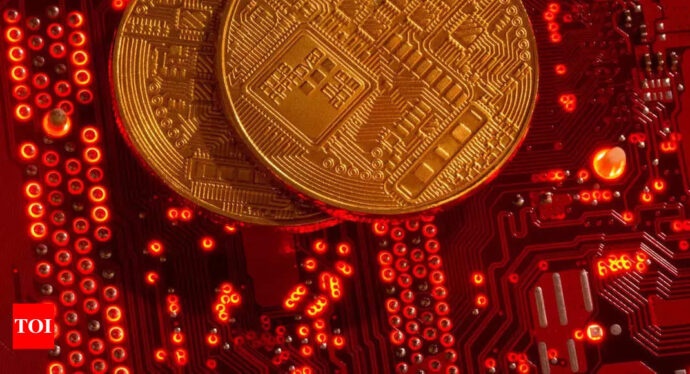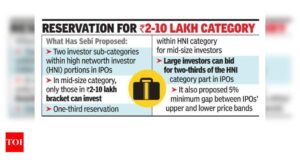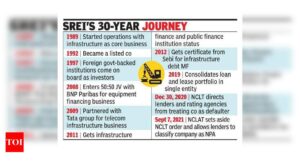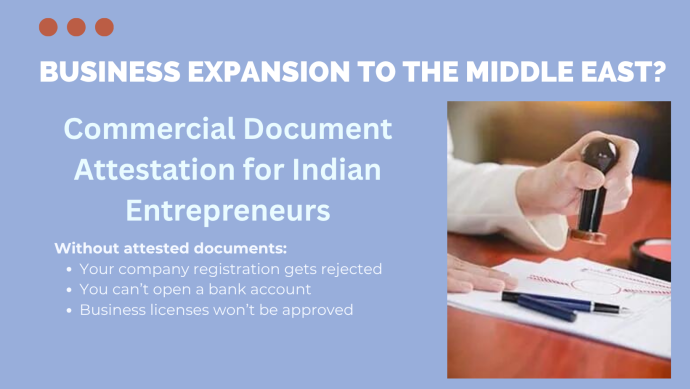Explained: Why India needed a bad bank – Times of India
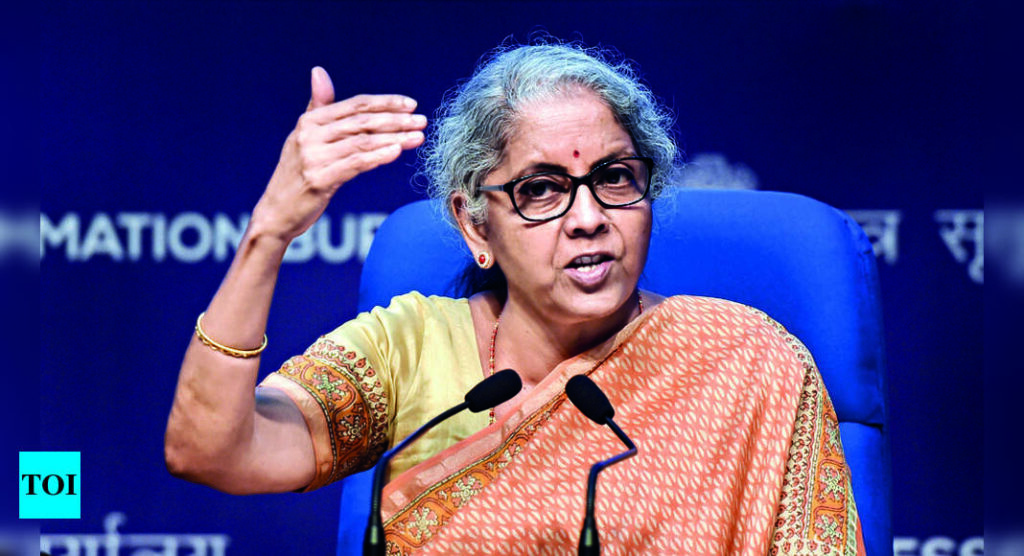
[ad_1]
The proposal has come as a welcome move for the banking sector which has been reeling under the weight of bad loans.
One of the key ideas behind formation of bad banks is to de-stress the balance sheets of the banks.
Last month, the Indian Banking Association (IBA) moved an application to the Reserve Bank of India (RBI) for a licence to set up a Rs 6,000-crore NARCL.
What is a bad bank
A bad bank is a corporate structure that isolates risky assets held by banks in a separate entity. It is established to buy non-performing assets (NPAs) from a bank at a price that is determined by the bad bank itself.
In Budget 2021-22, finance minister Nirmala Sitharaman had announced setting up of a bad bank as part of resolution of bad loans worth about Rs 2 lakh crore.
As per the announcement made on Thursday, the bad bank or NARCL will pay up to 15 per cent of the agreed value for the loans in cash and the remaining 85 per cent would be government-guaranteed security receipts.
The government guarantee would be invoked if there is loss against the threshold value.
How band bank will benefit businesses, consumers
If a bank has high non-performing assets (NPAs), a large part of its profits would be utilized to cut losses. As a result, any bank with high NPAs is likely to become more risk averse and would be less willing to lend money to borrowers. It would become more difficult for businesses and consumers to take loans from banks, thereby impacting the overall robustness of the economy.
Moreover, in India, a large portion of NPAs is with the government-owned public sector banks. In the past, the government had to infuse fresh capital to improve the financial health of PSBs. The government infusing fresh capital in PSBs means less money for other schemes.
How much NPAs do banks have
As of March 2021, the total bad loans in the banking system amounted to Rs 8.35 lakh crore.
According to Reserve Bank’s financial stability report, the gross non-performing assets (GNPA) and net NPA (NNPA) ratios remained stable during the second half of 2020-21, amounting to 7.5 per cent and 2.4 per cent respectively in March 2021.
A stress test conducted by RBI showed that GNPA ratio for scheduled commercial banks (SCBs) may jump from 7.48 per cent in March 2021 to 9.8 per cent by March 2022 under severe stressed condition.
How much bad loans for NARCL?
The value of bad loans being carved out of bank books for transfer to the NARCL is around Rs 2 lakh crore. About Rs 90,000 crore in bad loans will be transferred in the first phase. The guarantee of Rs 30,600 crore will cover the entire pool of Rs 2 lakh crore.
The government guarantee will be valid for a period of five years and the condition precedent for invocation of the guarantee will be resolution or liquidation. To disincentivise delay in resolution, NARCL has to pay a guarantee fee which increases with the passage of time.
Comparison with global peers
As per World Bank data, share of NPA to gross loans in India is significantly higher compared to developed western economies. It also exceeds most other emerging economies.
Capital adequacy ratio of 16%
Further, the capital to risk-weighted assets ratio (CRAR) of SCBs increased by 130 bps from 14.7 per cent in March 2020 to 16 per cent in March 2021, with PVBs improving their ratios even further.
CRAR measures a bank’s financial stability by measuring its available capital as percentage of its weighted credit risk exposure.
A higher CRAR shows that the bank is better capitalised to handle NPAs.
As per the financial stability report, under the baseline and the two stress scenarios, the system level CRAR held up well, moderating by 30 basis points between March 2021 and March 2022 under the baseline scenario and by 130 bps and 256 bps, respectively, under the two stress scenarios.
However, even though the level of CRAR reduces in severe stress condition but remains above the regulatory minimum of 9 per cent as of March 2022.
[ad_2]
Source link
